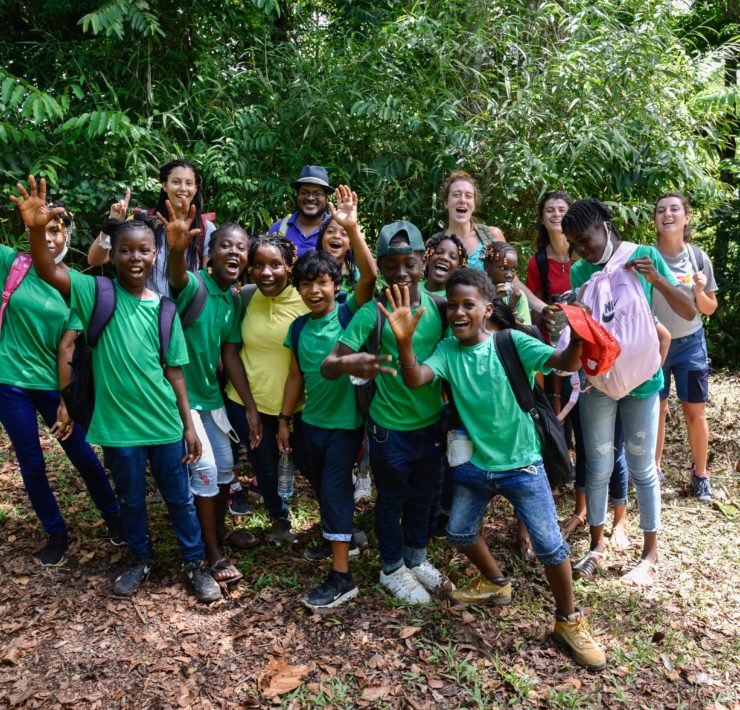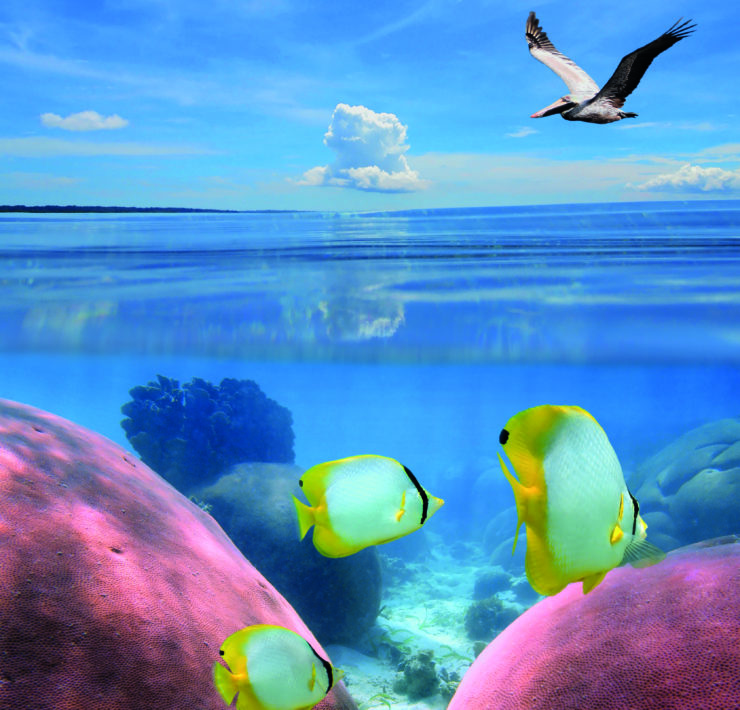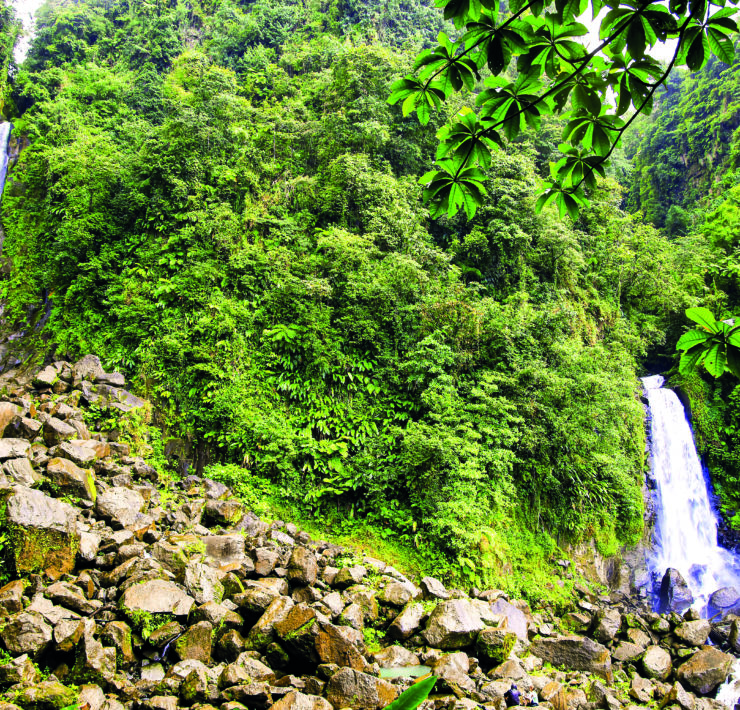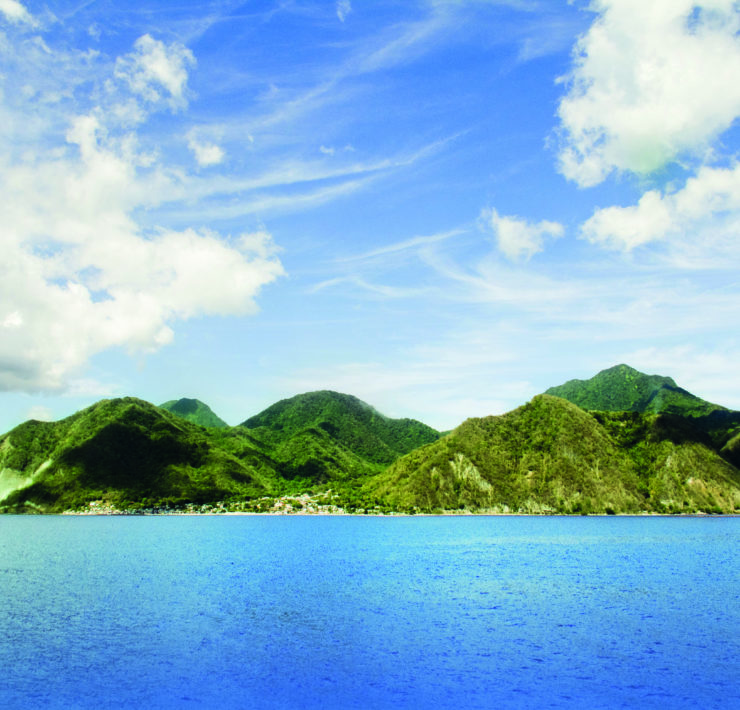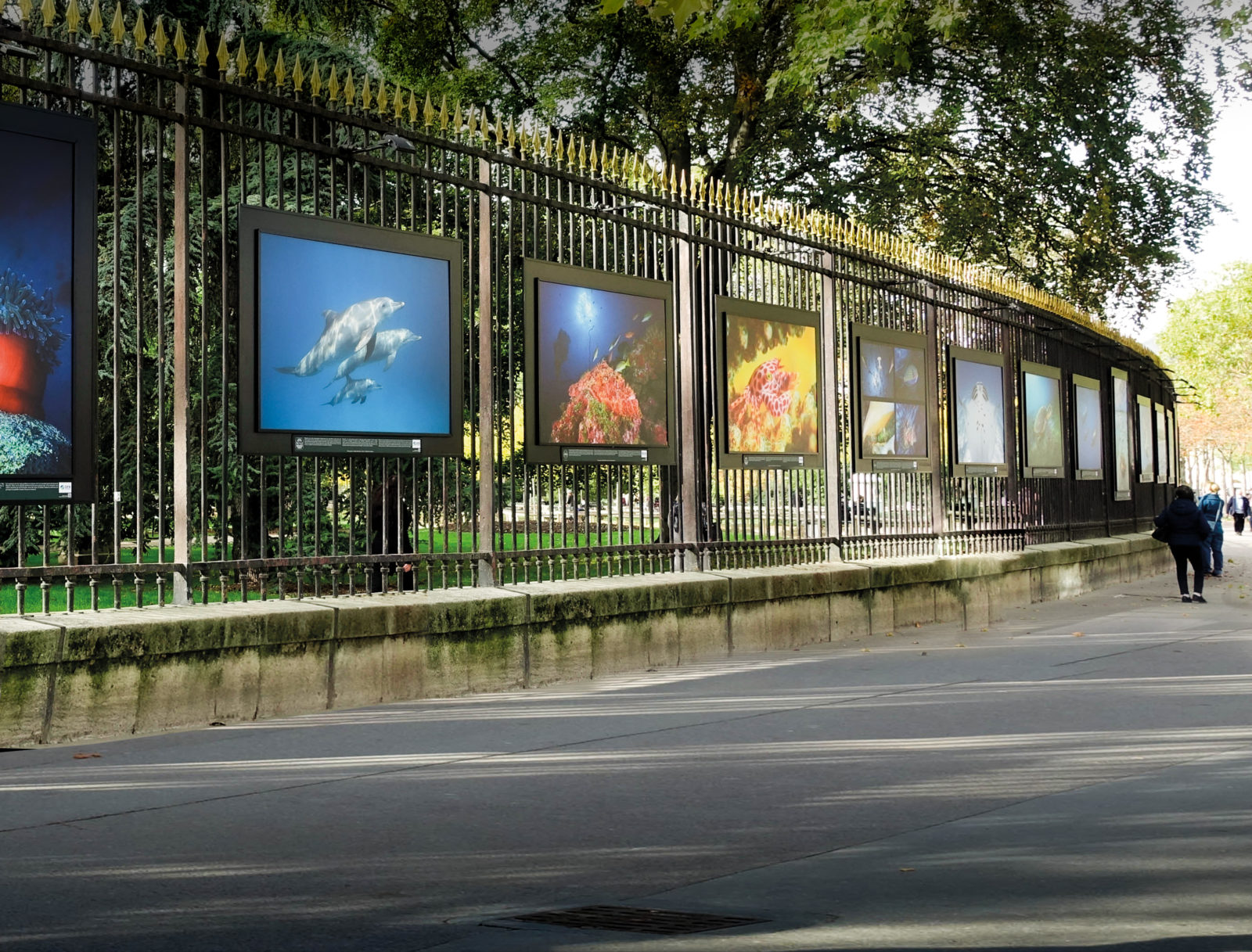
The gates of the Palais du Luxembourg in Paris host 101 photos taken by 30 overseas photographers. From September 19, 2020 to January 17, 2021, they display a splendid but fragile biodiversity. An encounter with Stéphanie Légeron, director of OcéIndia and curator of the exhibition.
ONAIR: What is the purpose of this exhibition?
Stéphanie Légeron: 80% of French biological diversity is found overseas. Being aware of this wealth and admiring it is essential so you can love and protect it. The exhibition invites visitors to take stock of a unique natural heritage in the world, threatened by human activities and climate change. France is ranked 4th in the world for biodiversity, which gives us a major responsibility.
OA: The initiative is naturally the fruit of your journey …
SL: My love for nature and my passion for defending it led me to take an interest in overseas territories. I started more tha ten years ago with the French territories of the Indian Ocean and the Great South. This led to the birth of a beautiful book, “Escales au bout du monde” (Stopovers at the End of the World in English), published by Insulæ Editions. Prefaced by Nicolas Hulot, it describes, for the first time, all French Southern and Antarctic Lands. I then extended my field of study to the 13 French overseas territories and produced the exhibition “Escales Outre-mer, la France grandeur Nature” ( French Overseas Stopovers, Life-size in English). Recognized by scientists, it offered an illustrated and educational synthesis of overseas biodiversity. It was seen by more than 160,000 visitors: at the Ministry of Overseas Territories, at the Paris City Hall, at the Military School, at the Palais des Congrès in Paris, at the Stella Matutina museum in Reunion, rue de Paris in Saint-Denis … The exhibition continues to be shown in the middle and high schools of Guadeloupe and Mayotte.

OA: These natural treasures are now exhibited on a prestigious site!
SL: In fact, following a call for candidatures from the Senate, I enthusiastically presented this project, which contributes to the influence of overseas territories and their biodiversity. I would like to thank the photographers for their magnificent images as well as our partners including the French Office for Biodiversity and the Iris Foundation. The exhibition was organized in close collaboration with the French Committee of the International Union for the Conservation of Nature in France.
OA: What does the passer-by on rue de Médicis, see on the gates of the Palais du Luxembourg?
SL: As Gérard Larcher, the President of the Senate, describes it: “The gates of the Jardin du Luxembourg display impressive underwater photographs, photographs of fauna, flora, endemic or threatened species, or a set of natural gems that we have a duty to preserve.” From the male Madeira hummingbird in Guadeloupe to the richness of the Coral Sea Natural Park in New Caledonia, from the abundant biodiversity of the Guiana forest to the seabed of Reunion Island, from the Martinican sea urchin to the variety of species in the Saint-Barths reserve or the humpback whale jumping in the Saint Martin nature reserve… It is a unique journey “beyond the seas” that awaits visitors.
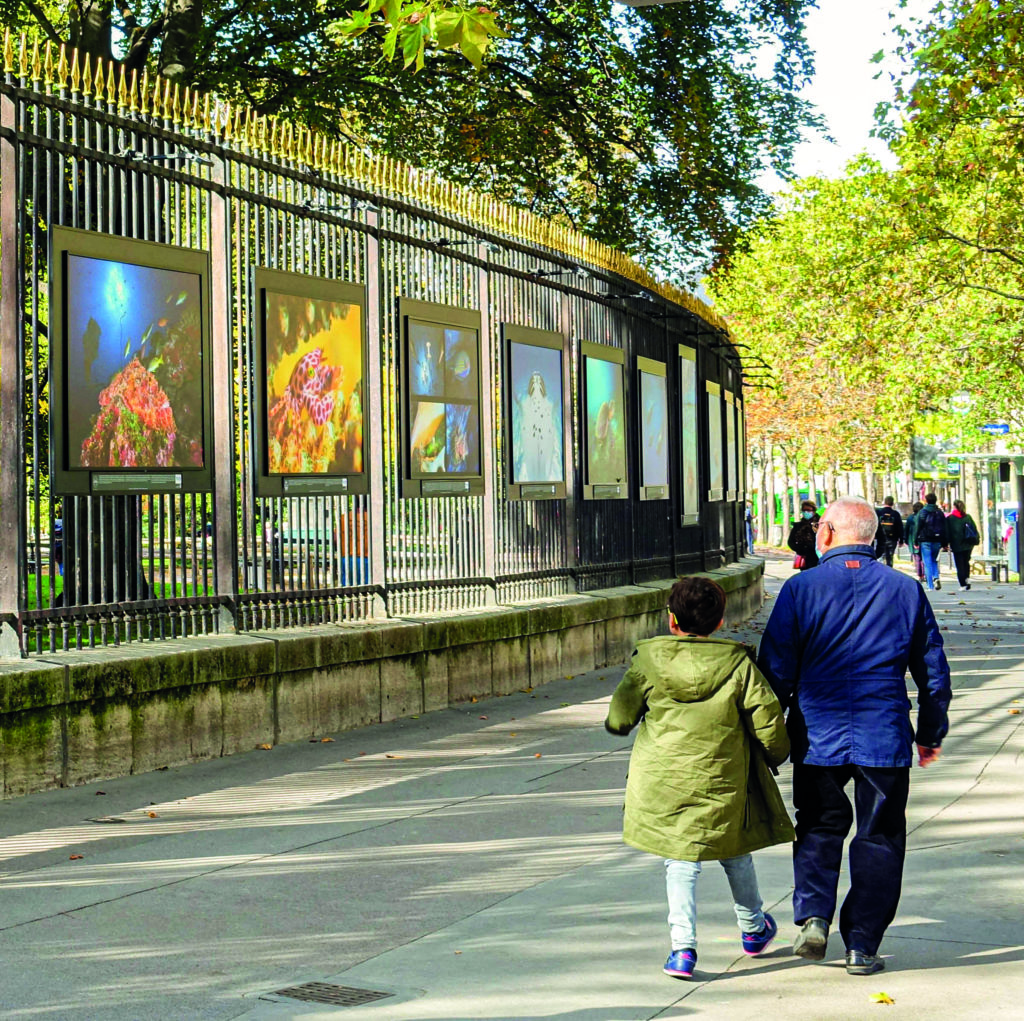
OA: Can you give us some figures to illustrate this biodiversity?
SL: France holds the second largest maritime domain in the world. 97% of this area is overseas and encompasses 10% of the planet’s coral reefs and lagoons and 20% of atolls. In total, this represents more than 3,450 vascular plants and 380 vertebrate animals unique in the world, more than in the whole of continental Europe.
OA: What is the source of such diversity?
SL: Due to their remoteness, the Overseas Territories are characterized by a very high rate of endemism, that is to say that a high proportion of the local fauna and flora doesn’t exist naturally anywhere else in the world. With the exception of Guiana and Adélie Land, the French overseas territories are made up of islands. These are privileged places of endemism because the island ecosystems develop in isolation, away from the continents, with specific, often surprising, adaptations.
OA: Why can we say that France holds a treasure there?
SL: The evolution of the Earth, of its climate and biodiversity, is more than worrying today. However, thanks to these reservoirs of biodiversity scattered all over the globe, France contains many sentinels of the environment and climate in these unique ecosystems. Today they are strategic, essential, for the safeguard of our planet.
CONTACT
STÉPHANIE LÉGERON
Directrice d’Océindia
Tél : 06 93 60 27 13
Mail : oceindia@icloud.com
Author: Marc Audigier

